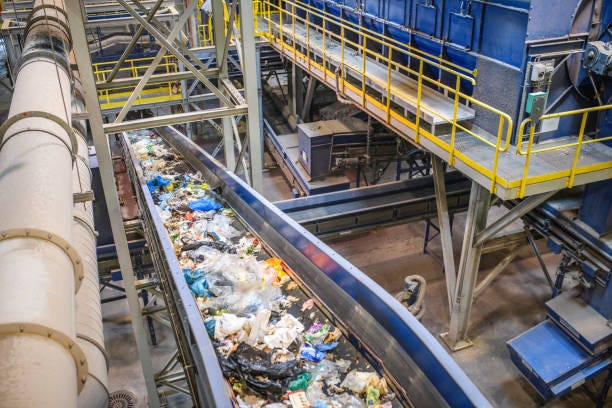A Sustainable Step Towards Environmental Health
In today’s digital age, electronic devices like smartphones, laptops, and tablets have become indispensable components of daily life. However, the accelerated rate at which we replace these gadgets has led to a significant environmental challenge: the accumulation of electronic waste, commonly known as e-waste. This brings us to a crucial solution — e-waste collection from home. This method not only offers convenience but also plays a significant role in environmental conservation.

The Growing Concern of E-Waste
E-waste encompasses a variety of discarded electronic items that are no longer in use. According to the Global E-waste Monitor, millions of tonnes of e-waste are generated worldwide annually, but only a fraction of this is properly recycled. The rest often ends up in landfills, where hazardous substances such as lead, mercury, and cadmium can leach into the soil and water, posing serious health and environmental risks.
Why E-Waste Collection from Home Matters
The idea of home collection services for e-waste is gaining traction for several reasons:
Convenience: E-waste collection from home eliminates the need for individuals to transport potentially heavy and bulky electronic items to recycling centers.
Increased Recycling Rates: By making the recycling process easier, more people are likely to participate, thus increasing the amount of e-waste that is properly recycled.
Data Security: Professional e-waste recyclers often provide data destruction services, ensuring that personal information stored on electronic devices is securely deleted.
How E-Waste Collection from Home Works
Many municipalities and private companies have started offering e-waste collection services directly from your doorstep. The process typically involves the
Scheduling a Pickup: Homeowners can schedule a pickup online or via phone, choosing a time that is convenient for them.
Preparing Items: Before the scheduled pickup, individuals are usually required to gather and sometimes package their e-waste items for collection.
Collection and Recycling: On the designated day, the service provider collects the e-waste directly from homes and transports it to certified recycling facilities.
The Benefits of Proper E-Waste Management
The benefits of properly managing e-waste extend far beyond just keeping harmful materials out of landfills:
Resource Recovery: E-waste contains valuable materials like gold, silver, copper, and rare earth metals that can be recovered and reused in the manufacturing of new products.
Energy Conservation: Recycling electronic materials requires significantly less energy than mining new raw materials, thus conserving energy and reducing carbon emissions.
Economic Development: The e-waste recycling sector creates jobs in collection, transportation, and processing.
Challenges and Considerations
While e-waste collection from home is a promising solution, it faces several challenges:
Cost: The logistics of home collection can be costly, and these costs might be passed on to consumers.
Awareness and Participation: Lack of awareness about the importance of e-waste recycling can result in low participation rates.
Regulatory Hurdles: Varying regulations across regions can complicate the implementation of uniform e-waste recycling programs.
Enhancing E-Waste Recycling through Community Engagement
To overcome these challenges, community involvement and education are crucial. Local governments and organizations can organize awareness campaigns to educate the public about the benefits of e-waste recycling and how to participate in home collection programs. Additionally, schools and workplaces can set up their own e-waste collection drives, promoting a culture of sustainability.
Looking Forward: The Future of E-Waste Management
Looking towards the future, technological advancements could further streamline the e-waste collection process. For instance, IoT (Internet of Things) could be used to optimize collection routes and schedules, making the process more efficient and environmentally friendly.
Conclusion
E-waste collection from home is more than just a convenience; it’s a necessary step towards sustainable living. By participating in such programs, we not only protect our environment from the deleterious effects of improper waste disposal but also contribute to the conservation of valuable resources. As technology continues to evolve, our approaches to waste management must adapt accordingly. E-waste collection from home offers a promising pathway towards a cleaner, more sustainable future for all.
This approach to e-waste collection from home invites individuals, communities, and governments to work collectively towards a common goal of environmental stewardship. It’s about making sustainable choices that are crucial for our planet’s future. Let’s embrace these initiatives and make the necessary efforts to ensure our digital advancements do not come at the cost of our environment.


.jfif)
Comments
Post a Comment